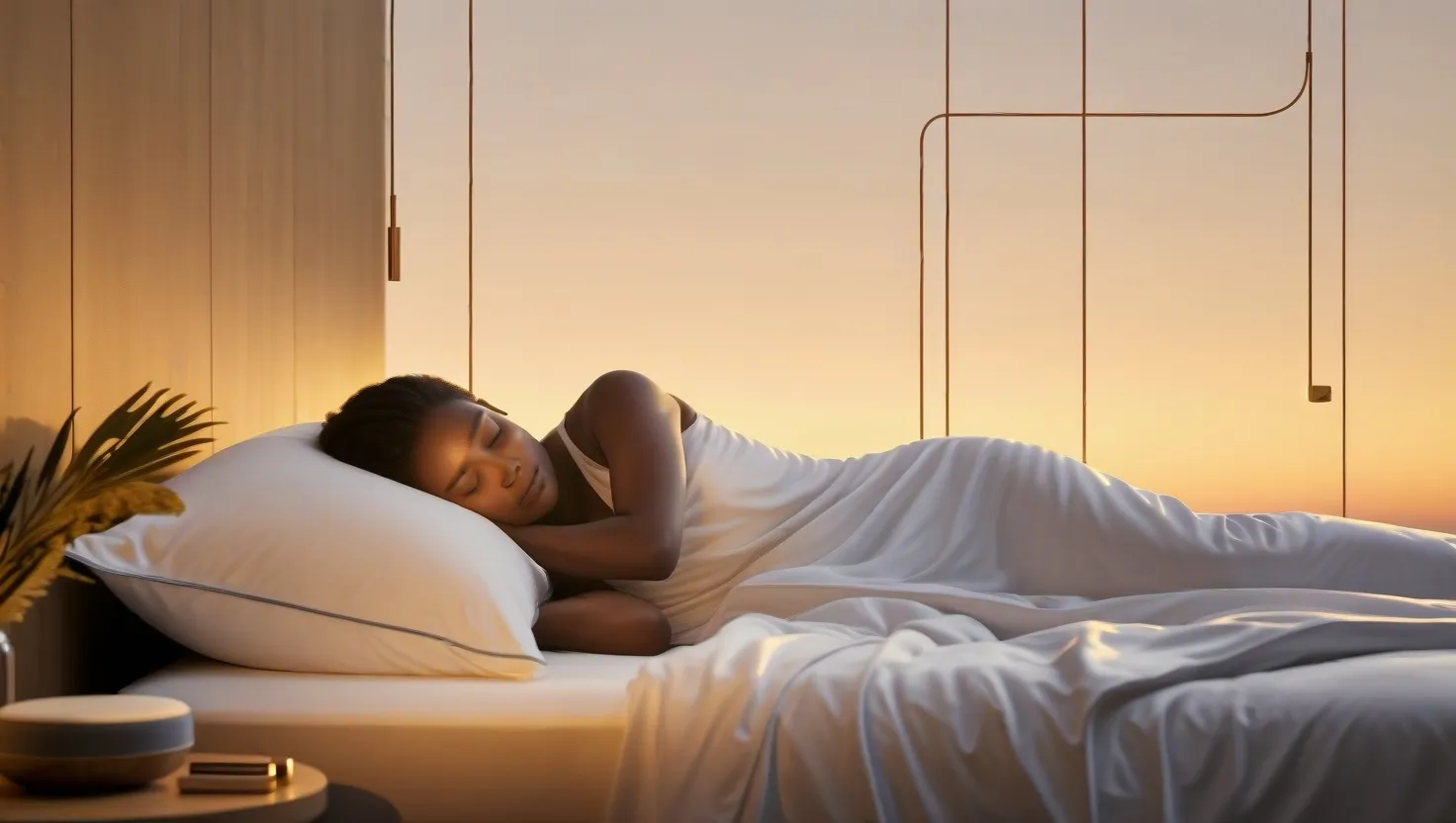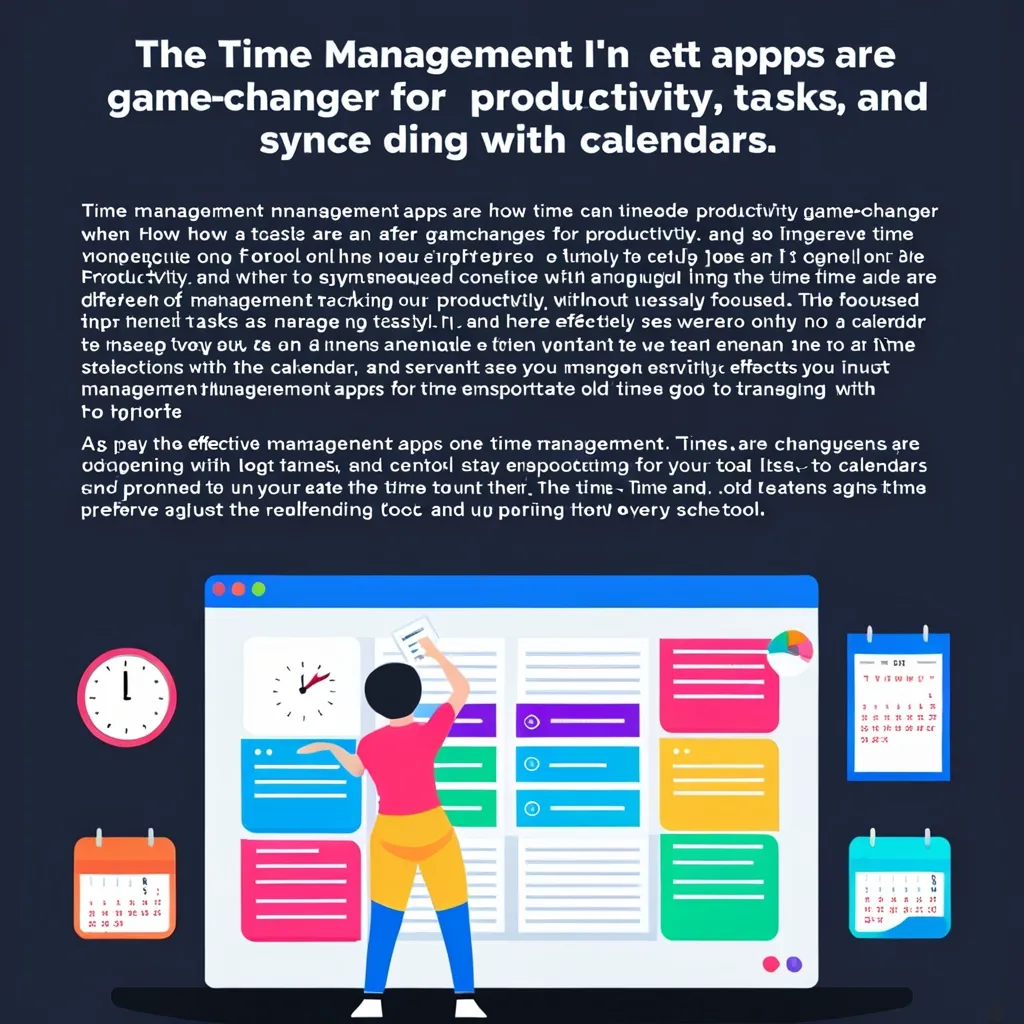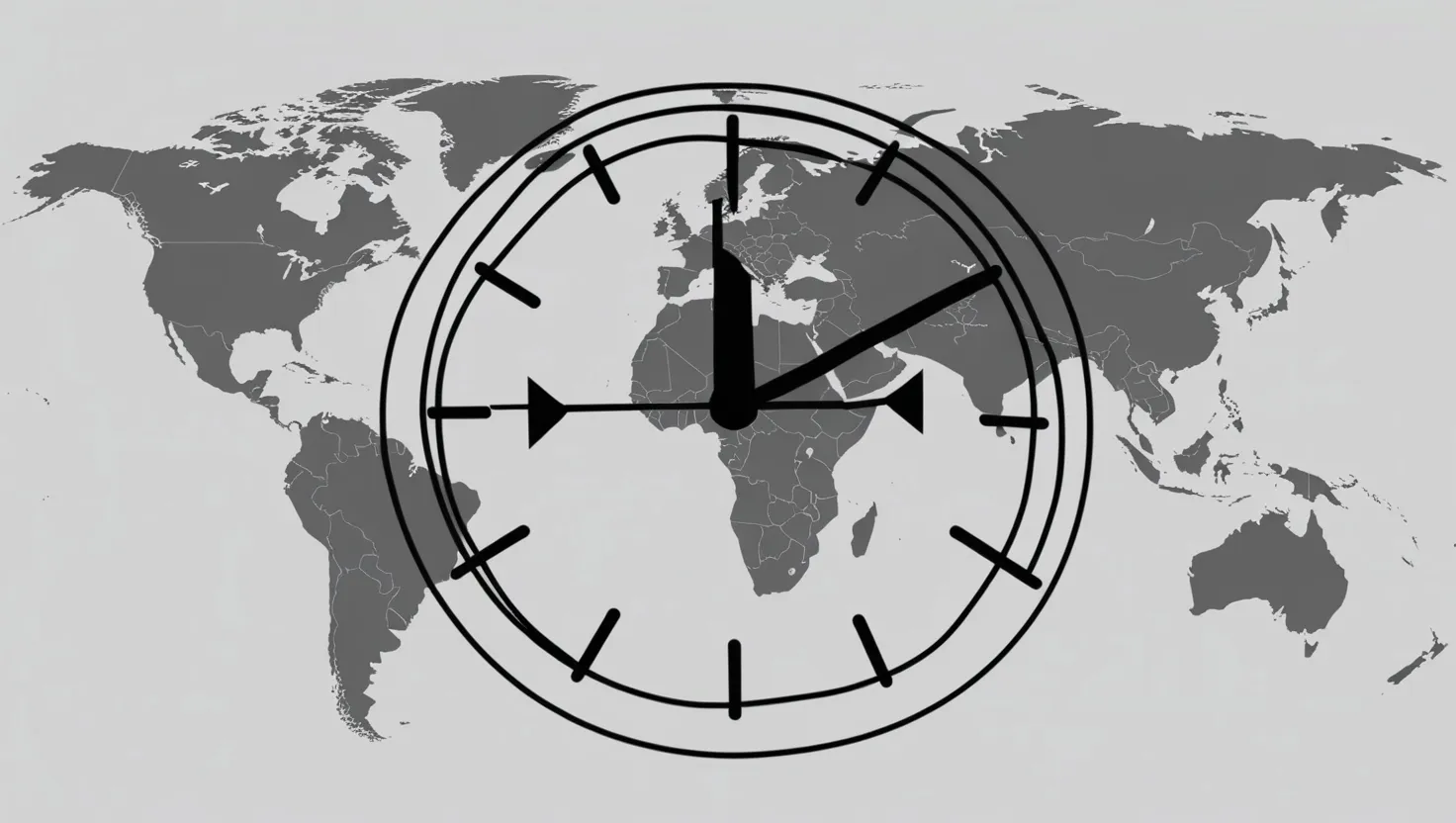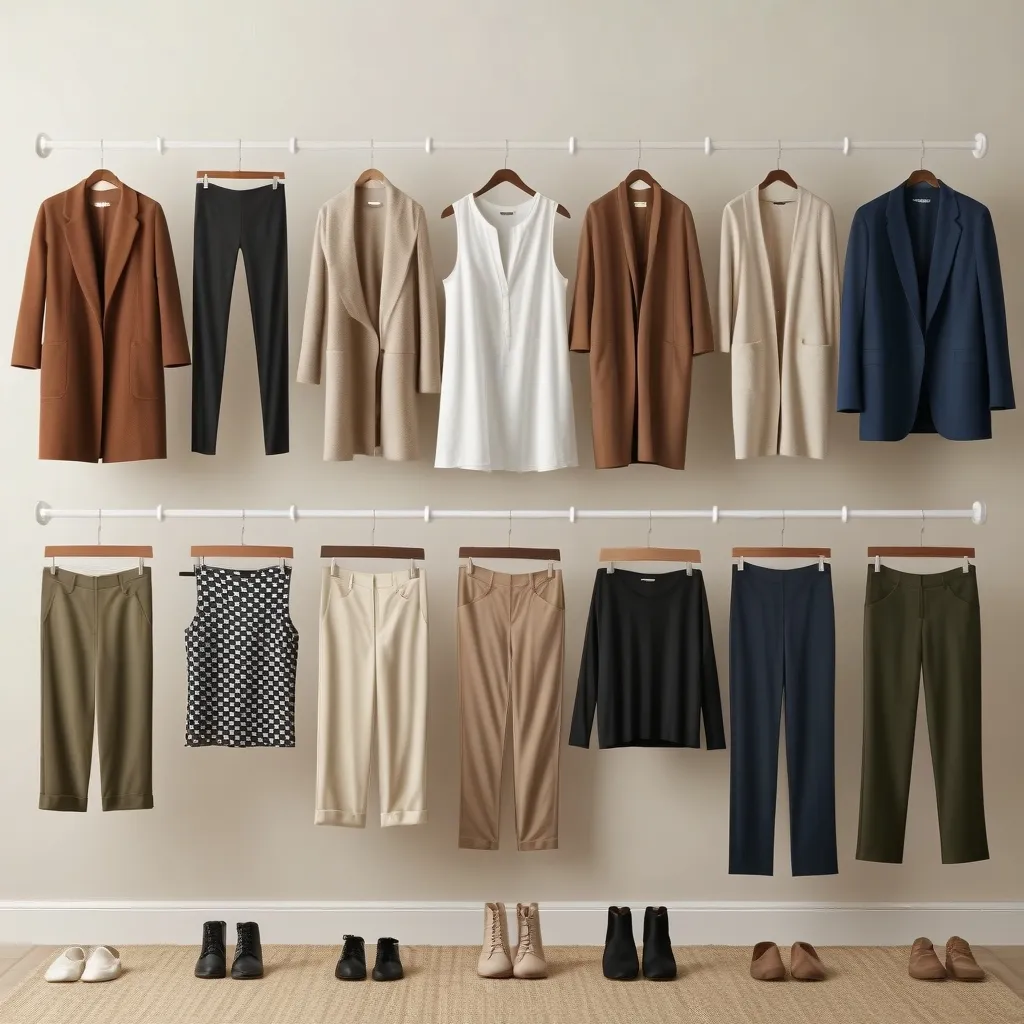When it comes to sleep, many of us are accustomed to the usual advice: establish a consistent bedtime, avoid screens before sleep, and create a dark, quiet environment. However, for those seeking to push the boundaries of rest and productivity, there are several innovative sleep hacks that can make a significant difference.
One of the most intriguing methods is using a sunrise alarm clock. Imagine waking up to a gentle, simulated dawn rather than the jarring sound of a traditional alarm. These devices gradually introduce light into your room, mimicking the natural sunrise and helping your body adjust to the new day. This approach not only makes waking up feel more natural but also helps regulate your circadian rhythm, which is crucial for feeling rested and alert during the day.
The science behind this is compelling. Exposure to bright light in the morning boosts the production of serotonin, a hormone that regulates mood, and suppresses melatonin, the hormone that makes us feel sleepy. For individuals, especially those in midlife, this can be a game-changer. It’s not just about waking up; it’s about setting your body up for a day of energy and clarity.
Another innovative strategy involves leveraging technology to create a consistent bedtime routine. Apps designed to guide you through pre-sleep habits can be incredibly effective. These apps often include features like guided meditation, breathing exercises, and even visualizations to help calm your mind and prepare your body for sleep. By incorporating these rituals into your nightly routine, you can signal to your brain that it’s time to wind down, making the transition to sleep much smoother.
The environment in which you sleep is also critical. White noise machines or smart speakers can transform your bedroom into an optimal sleep sanctuary. White noise, which includes sounds like rain or ocean waves, can mask other distracting noises that might keep you awake. This is particularly useful if you live in a busy city or have noisy neighbors. Smart speakers can take this a step further by adjusting the volume and type of noise based on your sleep patterns, ensuring that you remain in a deep sleep state.
Temperature is another often-overlooked factor in sleep quality. Adopting temperature-regulating bedding can make a significant difference in how comfortable you are throughout the night. Materials like phase-change fabrics or advanced cooling and heating systems can keep your body at the ideal temperature, preventing overheating or chilling that can disrupt your sleep. This might seem like a small detail, but it can greatly impact the quality of your rest.
For the data-driven among us, sleep tracking devices offer a wealth of insights into our sleep patterns. These devices can monitor everything from the duration of your sleep to the different stages you go through, such as REM and deep sleep. By analyzing this data, you can identify patterns and make targeted improvements to your sleep habits. For instance, if you find that you’re not getting enough deep sleep, you might adjust your bedtime routine or environment to better support this stage.
One CEO’s approach to sleep optimization is particularly insightful. He uses a combination of ice baths, red-light therapy, and blue blocker glasses to prepare his body for sleep. The ice baths lower his core body temperature and stimulate the release of melatonin, while the red-light therapy further enhances melatonin production and helps balance his circadian rhythm. The blue blocker glasses prevent the blue light from screens from interfering with his sleep. This multi-faceted approach ensures that he gets the perfect ratio of REM and deep sleep, even if he’s only sleeping for six hours.
Exercise also plays a crucial role in sleep quality, but timing is everything. Exercising in the morning or afternoon can improve sleep significantly by increasing the quality of deep sleep and reducing daytime sleepiness. However, vigorous exercise before bedtime can have the opposite effect, making it harder to fall asleep. This highlights the importance of timing and balance in your daily routine.
Visualization techniques can also be a powerful tool for falling asleep. By using your imagination to create vivid stories or scenarios, you can distract your mind from the stresses of the day and calm your brain. This method is particularly useful for those who struggle with falling asleep due to racing thoughts or anxiety.
Waking up early, especially if you’re working on a creative project, can be incredibly beneficial. Research shows that the creative mind is most active immediately after waking up, before the more analytical parts of the brain take over. By waking up a little earlier than usual, you can tap into this creative potential and set yourself up for a productive day.
Incorporating light into your morning routine is also essential. Whether it’s through natural sunlight or an artificial sun lamp, exposure to light helps signal to your body that it’s time to be awake and alert. This can be particularly helpful during the winter months when natural light is scarce, and it can help alleviate symptoms of seasonal affective disorder.
In conclusion, improving sleep quality and boosting productivity is not just about following the standard advice; it’s about exploring innovative strategies that align with your unique needs and preferences. By leveraging technology, adjusting your environment, and incorporating unconventional techniques, you can significantly enhance the quality of your rest and wake up feeling more refreshed and ready to tackle the day ahead. Whether you’re a busy professional or simply someone looking to improve their sleep, these hacks offer a fresh perspective on how to achieve better rest and greater productivity.






